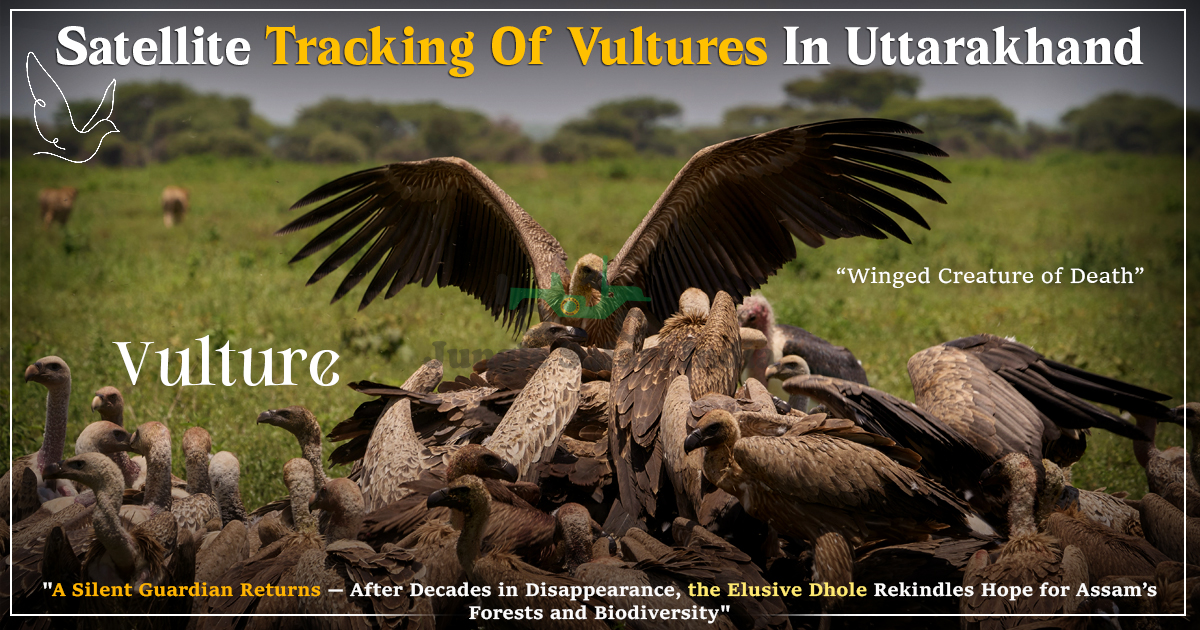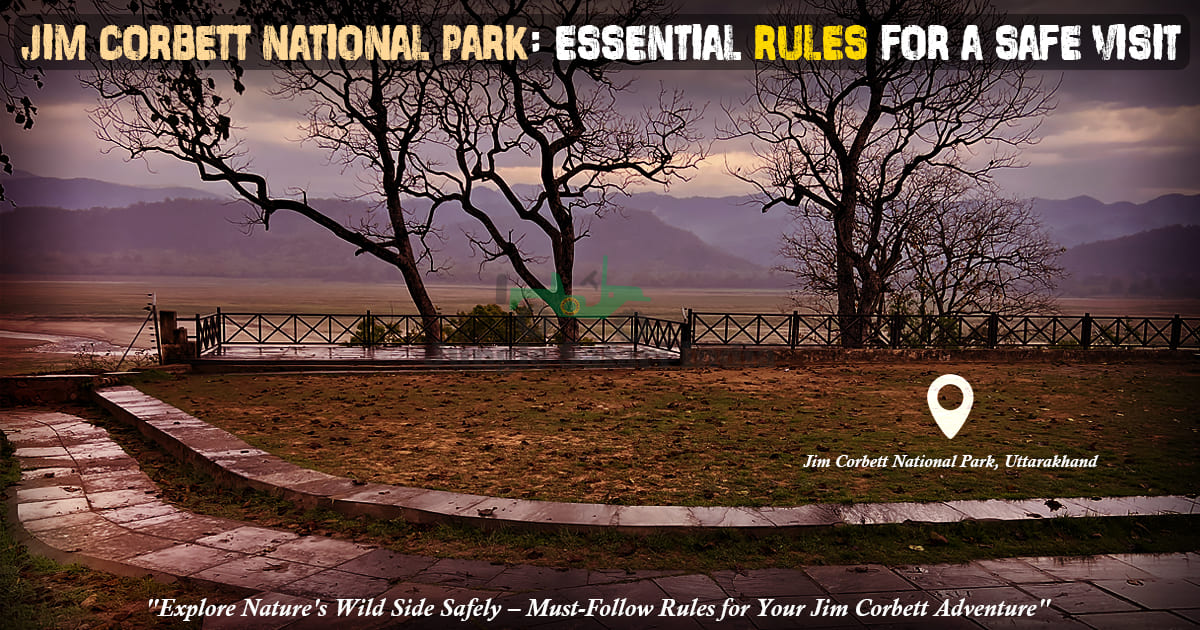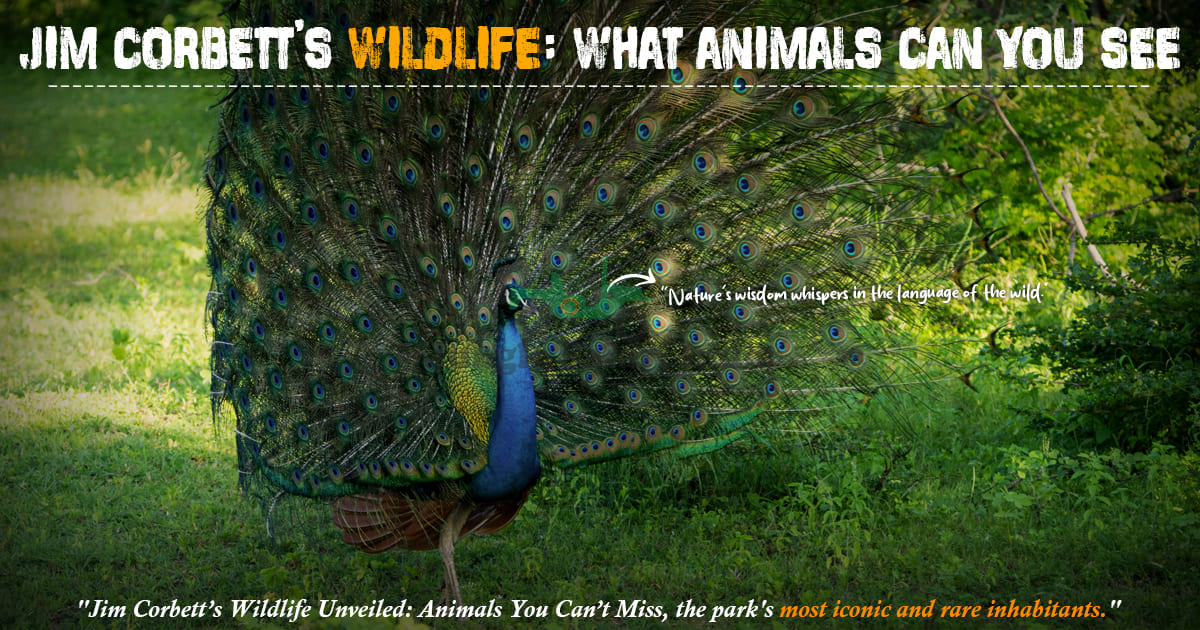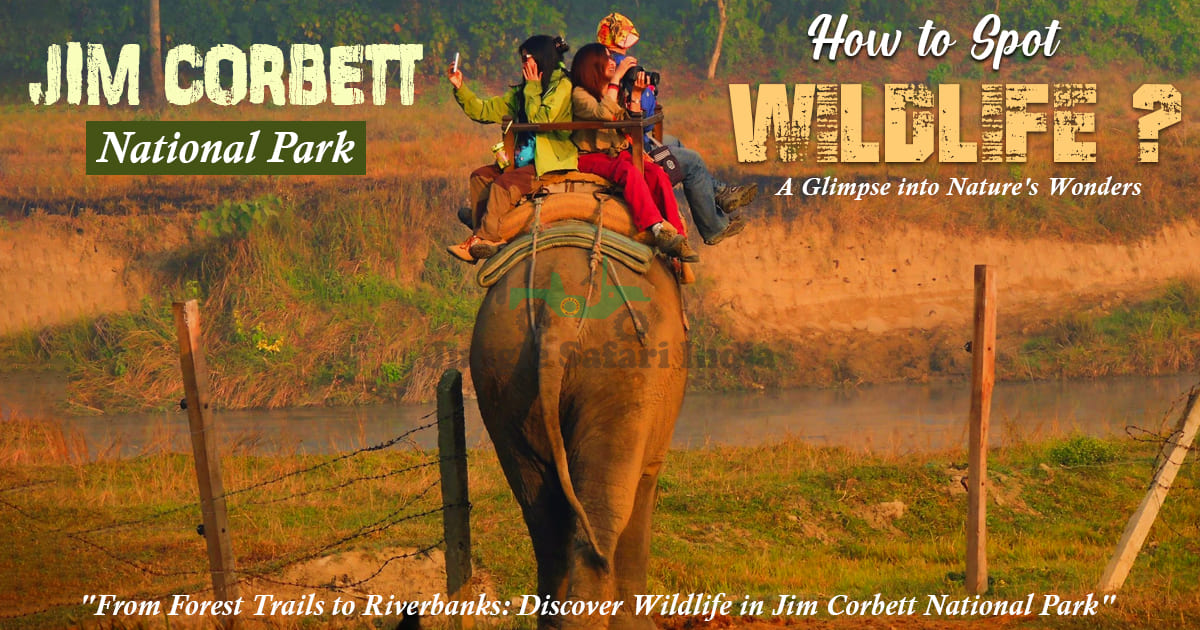Jim Corbett National Park is a home for wild animals which is located in the state of Uttarakhand. This park is also known as the land of trumpets and roars and is a perfect place to enjoy your break among some of the most ferocious and beautiful creatures on earth. Nature lovers are going to fall in love with this place after coming here. They can soak in the mesmerizing panoramas of this beautiful park. Various wildlife enthusiasts visit this place from all over the World because of its rich variety of fauna.
Water is a very important thing for the animals living inside the park. There are few sources of water available inside and around the park that nurture the wildlife living in Jim Corbett National Park. Ramganga is the main water source that flows through the park and it acts as a major hydrological source for the park. Apart from Ramganga, Kosi is another water stream that provides water to the living species of this huge park. These water bodies are proof that the aquatic life of this wild park is alive and kicking as they are getting enough of it. Rivers that are the lifeline of Jim Corbett are
1 . Ramganga River-
Ramganga is the biggest water body that flows through Jim Corbett National Park. One cannot imagine the park without this river. You won’t trust me but let me tell you that back in 1954-1955 this park was named Ramganga because of this beautiful river. Then in 1955-56, it was changed to Jim Corbett National Park.
Ramganga is one of the rain-fed rivers and it emerges near the Gairsain region which is located in the lesser Himalayas. The Ramganaga River flows around a stretch of 100 kilometers before reaching the wild park of Uttarakhand, Jim Corbett. It enters the wild forest from the eastern side of it and flows through it to the western side. It divides the park into 2 areas. From the eastern to the western side, it flows around 40km and then reaches Kalagarh. After reaching there, it enters the plains and also there is a dam located on this river at Kalagarh.
More about Ramganga
The dam that is located on this river at Kalagarh was built back in the 1970s and it acts as a reservoir of the area that measures around 80 square kilometers. The backwaters of this Dam, also reach the famous Dhikala Zone of this wild park and it’s also a water source for the animals. Many waterfowls such as Kingfishers, Storks, Fish Eagles, and Terns can be spotted near the Ramganga River of Jim Corbett National Park. During winter, one must book a safari for the zone in which this river is found because many migratory birds can be spotted here. People can see the birds of different areas, especially the water birds from Central Asia and Europe.
Tourists can enjoy the nice view of this river from the road that runs alongside this beautiful river inside Jim Corbett. That road is the one that connects Dhangari to the Dhikala zone. People can also see this scenic river from the Dhikala Forest Rest House. There is also a watchtower in Dhikala, from there people can see the beauty of this river. If you want a closer view of the waterfowl then you can book a Jim Corbett Safari for Dhikala zone and you can get down from your safari at the Champion’s Pool, Crocodile Pool, and High Bank. After getting down you can see them closely and take some good photographs. Many rare aquatic species are found in the Ramganga River such as turtles, otters, crocodiles, and gharials. The rare Mahseer fish is also found here.
2 . Kosi River –
The Kosi River is another source of water for the animals living inside Jim Corbett. This river flows along the eastern boundary of the park and flows from Mohan to Ramnagar via Dhikuli. The wildlife of the park go towards this river mostly during the dry season and quench their thirst. The flow of the Kosi River is unpredictable and the bed is sprinkled with boulders sometimes. This river is the perfect habitat for mahseer fish just like the Ramganag River and it changes its course frequently. Apart from different fishes, it’s home to a lot of migratory bird species. This river has many sheer cliffs that adjoin its banks and a lot of major aquatic species are found in this river, the predominant one is the Mahseer Fish.
3 . Sonanadi River –
Sonanadi is a beautiful river and is a significant tributary of the Ramganga River. The famous Sonanadi Wildlife Sanctuary is named after this beautiful river. The Sonanadi Wildlife Sanctuary is next to the most famous Jim Corbett National Park. This famous wildlife sanctuary is an integral part of the Corbett Tiger Reserve and it flows from the northwest side of the park and bumps into the Ramganga River, at its reservoir. Sonanadi means “river of gold” and it has been named Sonanadi because, in the past, ounces of gold were found here. Ounces of gold were found in the muddy deposits trickling down from the upper regions and were mined from the bed of this river by the process of washing, sieving, and mercury treatment. It’s a must-visit river flowing in & around Jim Corbett National Park.
4 . Mandal River –
The Mandal River flows along the eastern elevations in Chamoli and it flows a stretch of 32 kilometers. At the end, it meets the Ramganga River at Domunda situated slightly above the Gairal Region. In the dry season, it acts as a gentle water body with scenic views, but during monsoons, the river turns into an energetic gush. This river is also an important breeding ground for the rare Mahseer fish.
5 . Palain River –
The Palain River is the third vital tributary of the Ramganga River and enters from Jim Corbett’s northern side. The Palain River joins the Ramganga River almost 3 kilometers north of the Boxar settlement at the reservoir of the Ramganga.
6 . Sots –
Sots are the seasonal streams that are found inside this park. Many wild animals depend on these Sots to quench their thirst. There are quite a few Sots in Jim Corbett National Park that are found in areas such as Jhirna, Garjia, Paterpani, Dhara, Kothirao, and Laldhang. Sots mostly appear during the rains and because of these sots, the park remains closed during monsoons as they wash out the roads and safari routes.













Leave a Reply